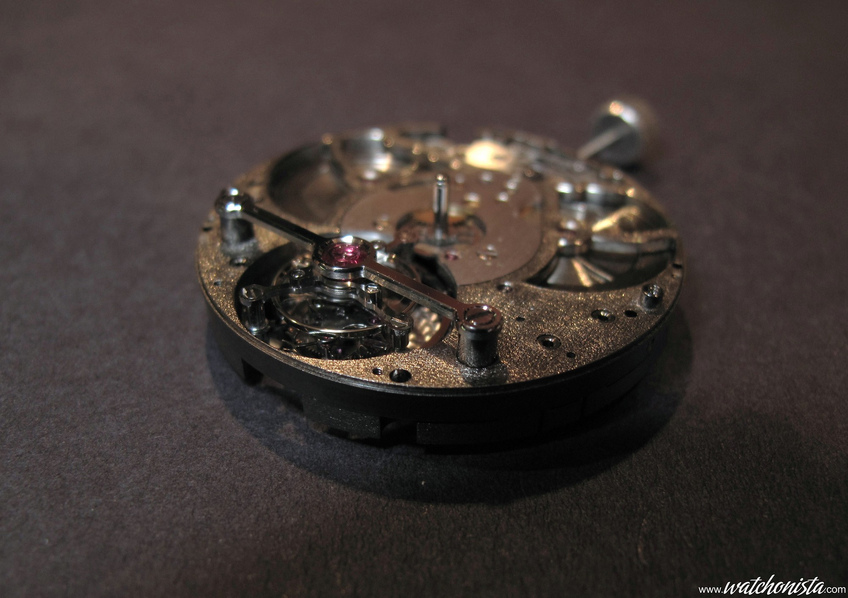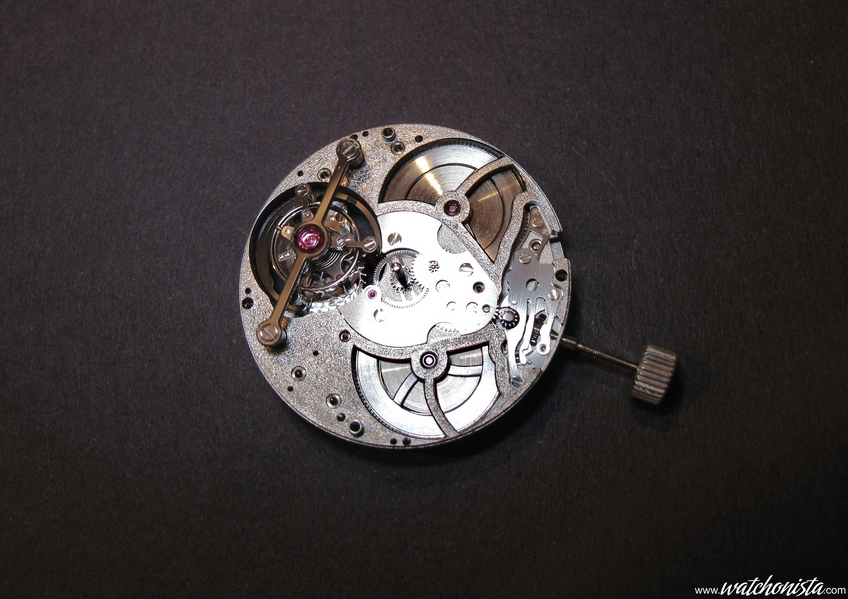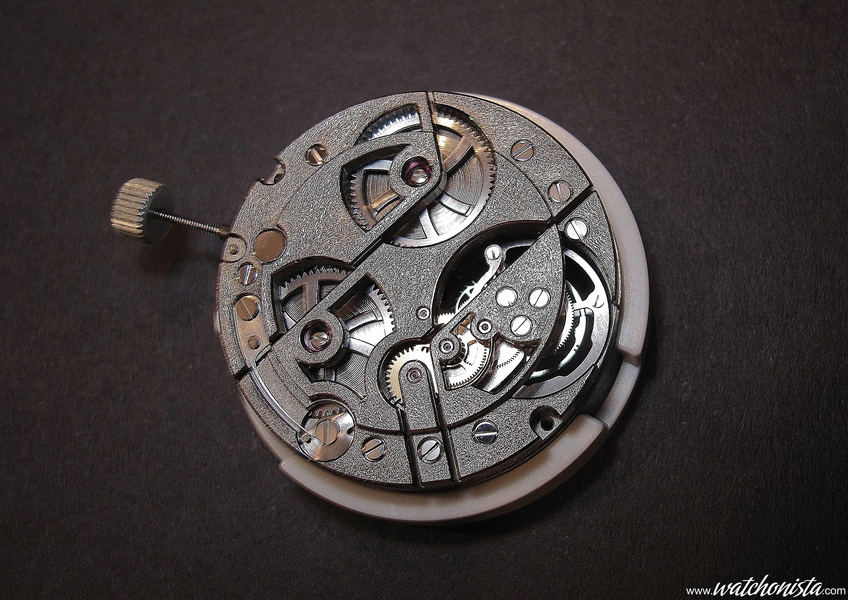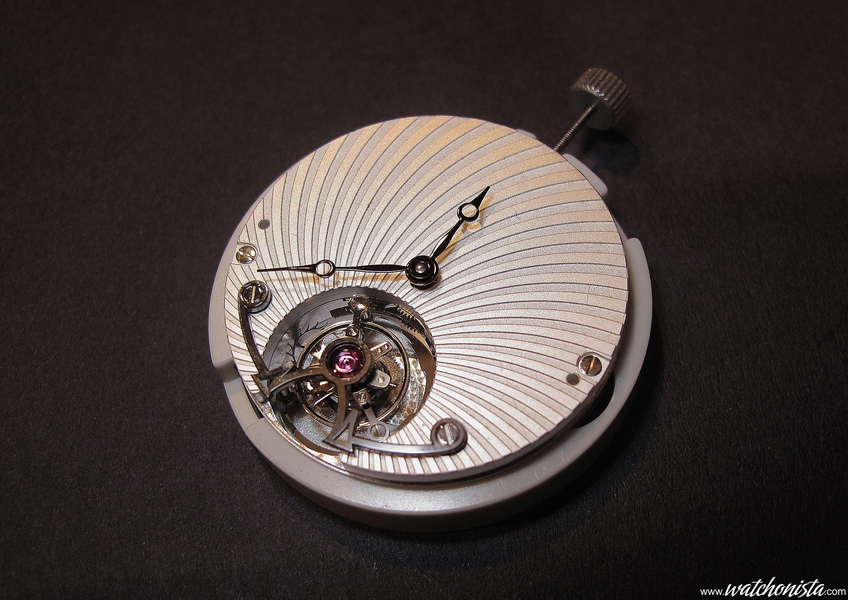

EPHJ-EMPT Lausanne-Geneva, part 2/3: The movements makers.
The end of the myth of the manufactory gives way to a far less known but far more tangible one: that of the family owned small businesses, the "inside guys" of the great names of watchmaking, who, since the beginning of the Swiss watchmaking history, produce, in all discretion, the complications and movements that will turn the heads of the wealthy and of the enthusiasts worldwide. It is a refreshing myth: while the verticalisation, the transnational companies, the extensive marketing, the outsourcing, namely the post-modernism, strikes Europe with full force, the Swiss conserve a 250 years old industrial structure.
First of all, Dubois-Depraz, a manufacturer located in the Vallée of Joux, and an historical producer of complication plates and of movements mainly intended for chronographs. The story began with a metal rod and some tools sitting in a barn to keep busy during the long snowy days in the canton of Vaud. It followed with the implementation of the first chronograph cam. Today, the company employs 250 people who mainly produce complication plates, profile-turned parts, but also complete movements for Pierre de Roche (a department led by Pierre Dubois, the other Dubois brother); But most of all, Dubois-Depraz supplies the greatest names of watchmaking, in all discretion.
The same goes for Vaucher, a company specialized in completed movement. Vaucher produces about 12.000 Fleurier certified movements every year.
The catalog features three basic layouts:
-The VMF4000 and its industrial version, the VMF3000, 11½ lignes, double barrel, 55-hour power reserve, 28.000v/h. It was designed to be fitted with complication plates going from the moon phase to the QP.
Its price ranges from a few hundreds of Swiss francs for the industrial version, to 1500CHF for the high end version, is delivered by default with a 22cts gold counterweight.
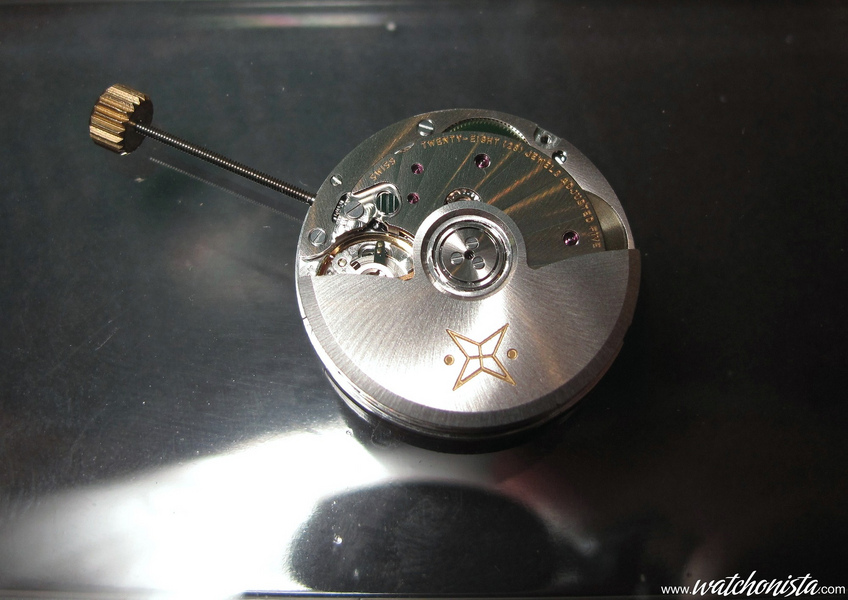
-My favorite, the VMF5300, whose features should be inspiring to some. Extra-thin, 2.6mm, a moderate frequency of 21.600v/h, a micro-rotor which drives the barrel for 42 hours. The thinness is compensated for by a diameter of 13¼ lignes. In my opinion, this movement follows the trend of the watchmaking industry, with the increasing quality and size of the calibers.
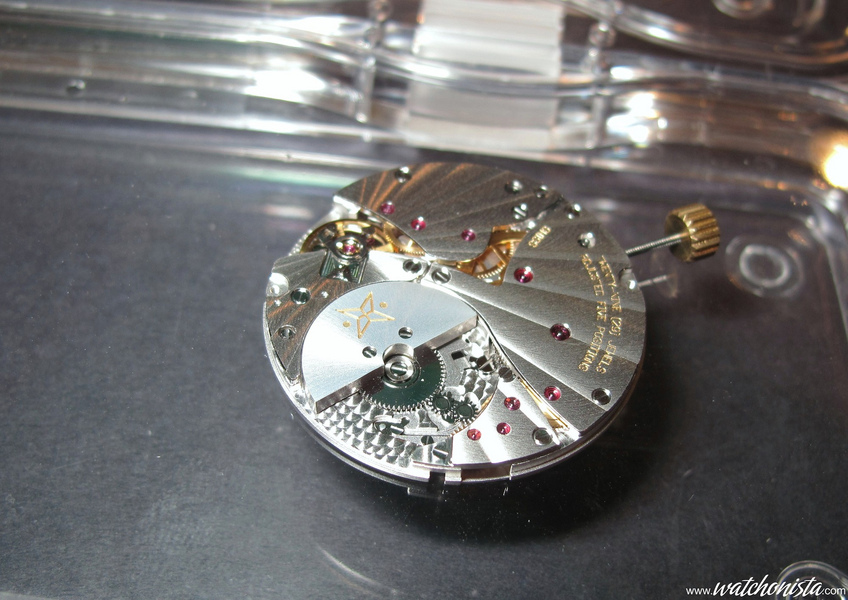
-The VMF6000, which is the most original; I am quite surprised that Vaucher, who is supposed to produce components as generic as possible, proposes such a specific caliber: it is a tonneau movement of 13 lignes by 11, featuring a double barrel set at 28.800v/h.
Thus, this range of products starting from a few hundreds of Swiss francs for VMF3000 to 1500 for a VMF4000 gives access to beautiful original movements, that are worthy of fine watchmaking, since these calibers fit many watches of the Fine Watchmaking class.
Finally, let's talk about the newcomer, Technotime; the brands whishes to be totally independent, and has therefore integrated the manufacturing of the most difficult part to produce, the hairspring. Thus, it is technically one of the most integrated movements that can be cased-up. Technotime has come a long way since the French division of the group went bankrupt in 2009; the tremor was even felt on the other side of the border.
In a period when Corum bought out Les Artisans Horlogers after their voluntary liquidation, when Louis Vuitton acquired La Fabrique du Temps and Hublot bought BNB after the company went bankrupt, the challenge is even more perilous… Today, if the field is mourning the fact that La Fabrique du Temps has been bought out, the future prospects are still relevant. On the one hand, ETA gradually stops to provide movement-blanks, which means far higher prices for the customers, and Nivarox does the same with its hairsprings. And on the other hand, the demand for more exclusive calibers than the Valjoux and with the increasing delivery times, Technotime retains a good potential on the market of independent development. There is no doubt that if the small manufactory manages to survive the three next years, its future could be prosperous.
Of course, Technotime produces entirely handmade calibers; today, the brand proposes three movements more or less based on the same layout.
The main one, the TT138, is an up-to-date caliber in terms of response to the specifications of middle and upper market watches. A caliber current first of all because of its size, 30mm or 13¼ lignes, that is, the diameter of a 7750, for 4mm in thickness (half of the 7750's). These dimensions allow for any casing-up, but 3mm would have been perfect to best utilize the room inside the contemporary watchcases; I suppose that Technotime made a prudent choice, to not be surprised if the market switched back to smaller cases. It is also a wise choice if one considers the dazzling development of the Asian market and its small wrists. The TT138 is also relevant because of its 120-hour power reserve, which allows for a long quiet weekend. It is a very attractive feature from a commercial standpoint, and therefore to Technotime's potential customers.
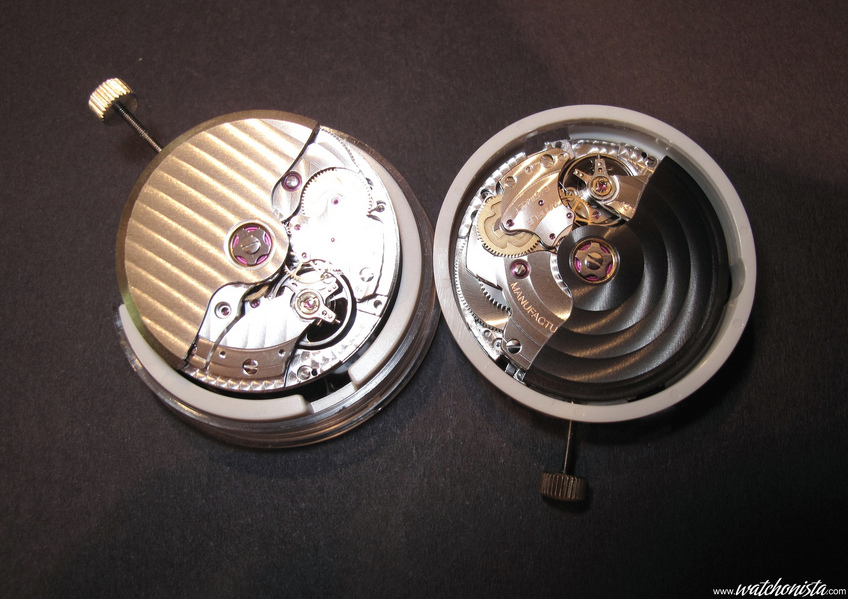
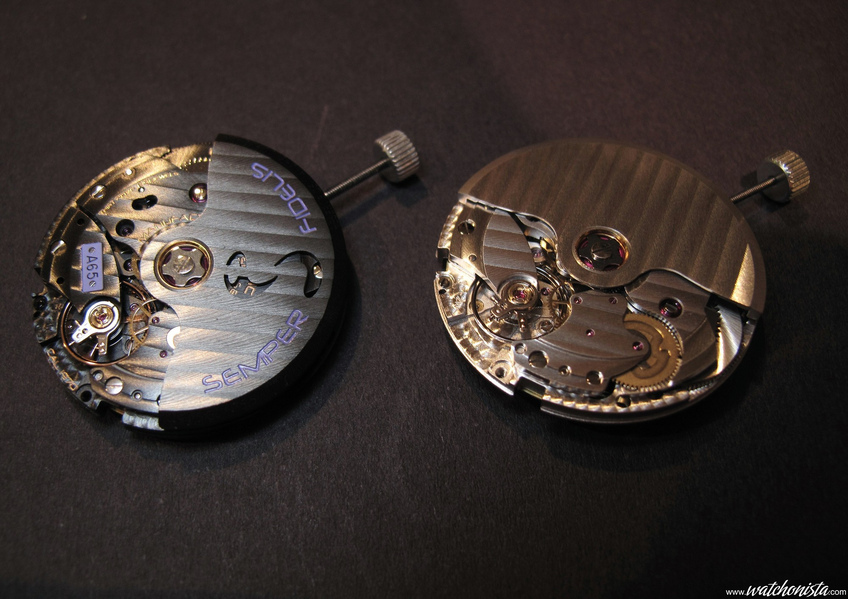
It can be directly derived into a quantum version (TT738.00), or retrograde quantieme + power reserve indicator + aperture on the balance-wheel (TT738.04).
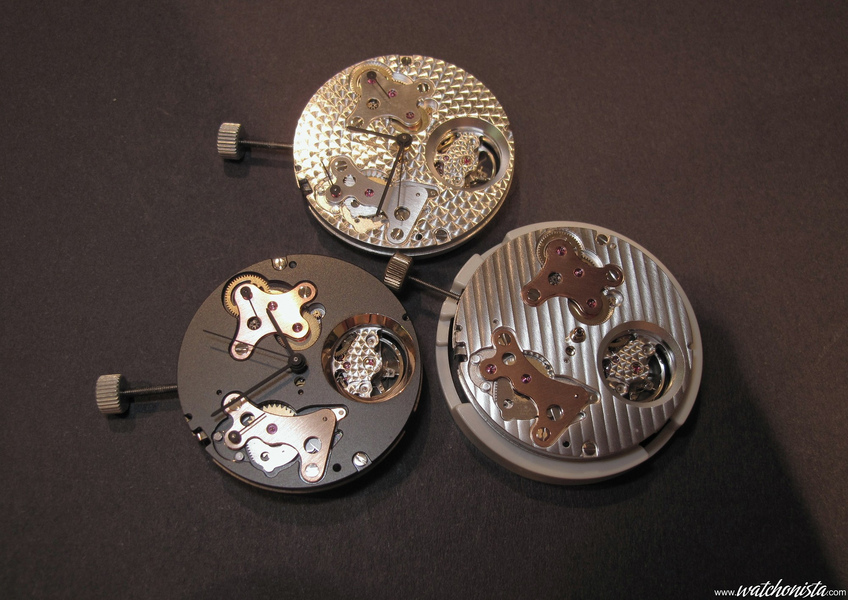
The basic version is available for 500CHF, the finishes are totally customizable, to a high level.
Its manual equivalent is the TT718, which uses the same layout; the complications as well as the finishes are of course entirely customizable.
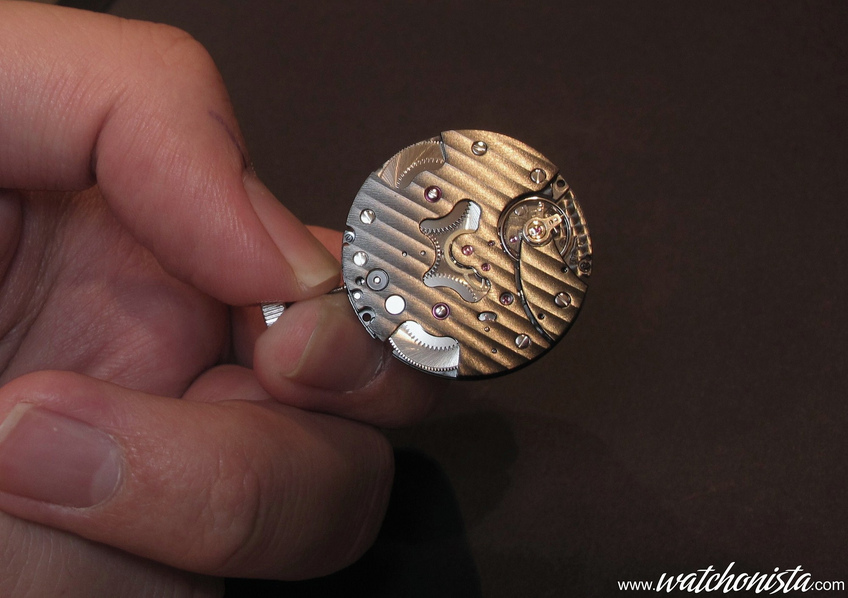
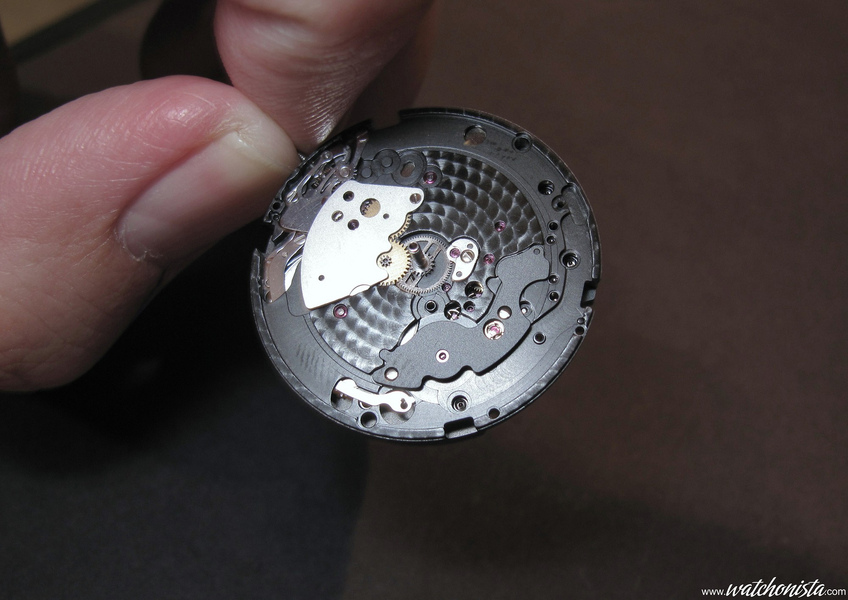
Finally, one of the most recognizable tourbillon among the independents, because of its specific tourbillon's bridge, the TT791; It features the same dimensions as the TT718, with the addition of a tourbillon 1 minute. Its price of 20.000CHF has a huge influence on the watch's final price.
